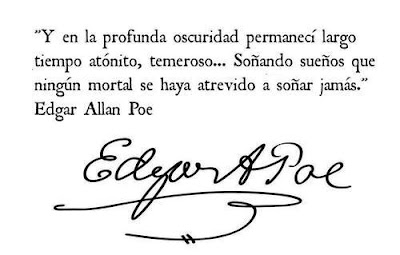It is no secret that during the 19th century in Spain, especially between the 1850s and 1890s, many English-speaking writers entered the Spanish literary spheres and influenced many. Shakespeare, Dickens, and Byron, among others, inevitably became idols for Spanish writers of fantastic fiction. Even though Poe's name does not often appear in this list, he did influence a number of writers as well, greatly so, I dare say. In his 2009 essay, Santiago Rodríguez Guerrero-Strachan recounts mentions of Poe "in newspapers and journals such as in José Ortega Munilla's 'news of society' page in Los lunes del Imparcial and in Rafael María de Labra's 1879 article, 'La literatura norte-americana en Europa: J. Fennimore Cooper, Harriet Beecher Stowe, Edgar Allan Poe'" (2009: 49). In fact, according to Guerrero-Strachan, "Spanish authors of the period showed an interest in Poe that ranged from mere curiosity to a more profound interest in the techniques of the fantastic story" (49). Of course, just as in the case of many other European countries, Spain is indebted to Charles Baudelaire when it comes to Poe. Even though Poe's poetry was not widely known in Spain until the early 20th century, and despite cultural misinterpretations that occured due to the incomplete knowledge of American and British Romantic poetry here, Poe did leave his mark on Spanish literature. For further insight please visit Strachan's 2009 article in The Edgar Allan Poe Review here.
Works Cited
Rodríguez Guerrero-Strachan, Santiago. “Edgar A. Poe's Poetry in Spain in the 19th Century: An Issue for Connoisseurs”. The Edgar Allan Poe Review. 10.2 (Fall 2009): 49-56.











